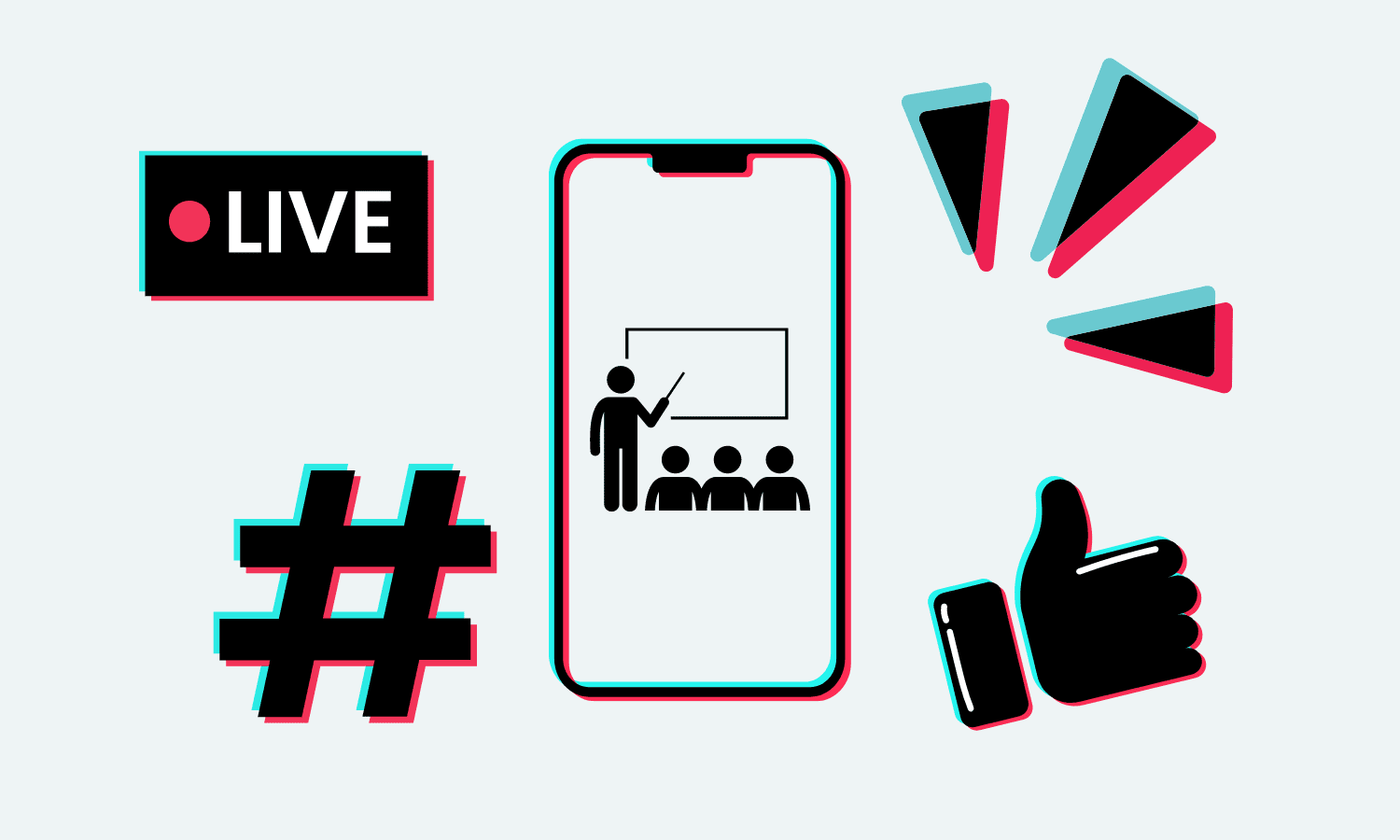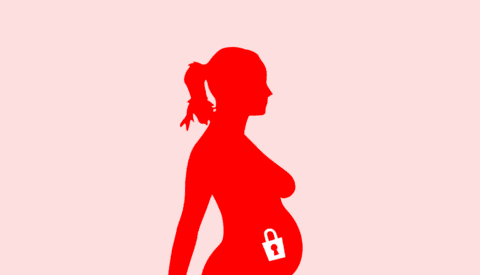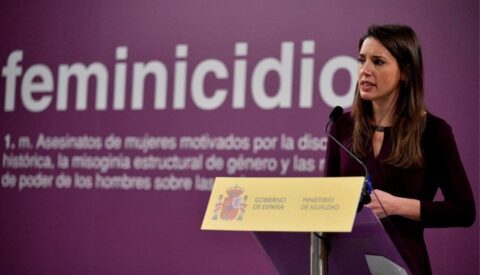«TeachToker» Lessons — Or The Problem With Using Students To Get Likes
More and more teachers are finding a successful side career on social media as influencers. But commenting on exam results, dancing with students and even sharing personal stories about pupils raises ethical and legal questions.
Article
2024

Article
Videos that show the behind-the-scenes reality of different professions are increasingly popular on social media. «Live a day with me as a…» or «what nobody tells you about…» always get the click. But what happens when what this content reveals crosses more than one ethical line? This is what happens, for example, with influencers from the health or education sectors.
«TeachTokers» are influencer teachers; they publish content on TikTok, and some are also successful on Instagram or X (formerly Twitter). What they may share varies, but there is a similar range of content: They either post funny videos with their students – like viral dances — or share stories from their daily lives, from funny answers at exams to emotional stories from their students.
Whatever the form it takes, the pupils are a fundamental part of their content — and success. But to what extent does this constitute an invasion of their privacy? Is it ethical to use students to get likes?
Exposing students
The controversy is not exactly new, although it returns again and again to public debate. A recent trigger of this debate was the video of a teacher laughing at a student who was upset about getting a grade below her average.
Teacher and legal expert P. Duchement reflected on the impact this type of behavior can have on a professional level, writing on X «This trend (so profitable for its users) seriously damages the image of the profession. It doesn’t just damage the public image of teachers, it also raises doubts and questions about what they do and why.
In 2022, Duchement analyzed the activity of TeachTokers and discovered a common pattern: Students were exposed to be turned into material that would generate more engagement. Sometimes viewers see their faces, sometimes their exams, and since he has started monitoring, he has noticed an increase in this type of content.
If the purpose is to say «look how cool I am», what you are doing is harming your students
«Some teachers have taken on their role as influencers so seriously that they have representatives», he told Spanish daily El País at the time. «If you want to hire them so that in their next video they expose their students while wearing the shoes or the bag from a certain brand, you can contact a specific agency for TikTok influencers and pay them to do it», he explained.
«That’s the real issue: If the purpose is to say ‘look how cool I am’, what you are doing is harming your students because you are not teaching them anything», Toni García, who was named Best Primary Education Teacher in Spain in 2018 and director of a primary school, told The Huffington Post.
The problem is not using the internet in education, but to what end and with what types of content social networks are being brought into the classroom. Using TikTok is not the problem, getting your students to dance the latest choreography to get views is.
Legal questions
What is sure is that, from a legal point of view: TeachTokers have a limited room for maneuver. As Barcelona-based daily La Vanguardia recalls in an analysis, Spain’s law on the Protection of Personal Data and Guarantee of Digital Rights states that «educational centers and any other organization with activities involving minors will guarantee the protection of the best interest of the minor and their fundamental rights». Meaning, the children’s right to their privacy takes precedence above all else.
In fact, you cannot publish images of people — whatever their age — without their consent. In the case of children, it is assumed that, up to the age of 14, minors do not have the capacity to give consent and it is up to their legal guardians to do so.
Content must be made with common sense as much as with respect to the right to privacy of minors
Yet what internet exposure can mean in terms of privacy sometimes remains unclear. When content is uploaded, it will stay there. Each photo that is published — whether it is from a teacher looking to go viral, or from a well-intentioned school sharing images of the end-of-year festival — adds to the virtual history of its protagonists. A 2020 Catalan study found that half of the educational centers published videos and photos of their students on open social networks.
Using social media for education in a positive way is possible. For example, teachers could make content that can serve as an educational resource, or create a community to talk about what we don’t see in their daily lives. But it must be done with common sense as much as with respect to the right to privacy of minors.
In a way, the problem of TeachTokers and excessive exposure is closely connected to a more general issue, that of not fully understanding what it means to upload content onto social media. After all, children are still very present in the open and public profiles of many of their relatives, who share photos and record their lives without realizing why doing so is questionable and even dangerous.
This content is part of a collaboration agreement of ‘WorldCrunch’, with the magazine ‘Ethic’. Read the original at this link.






